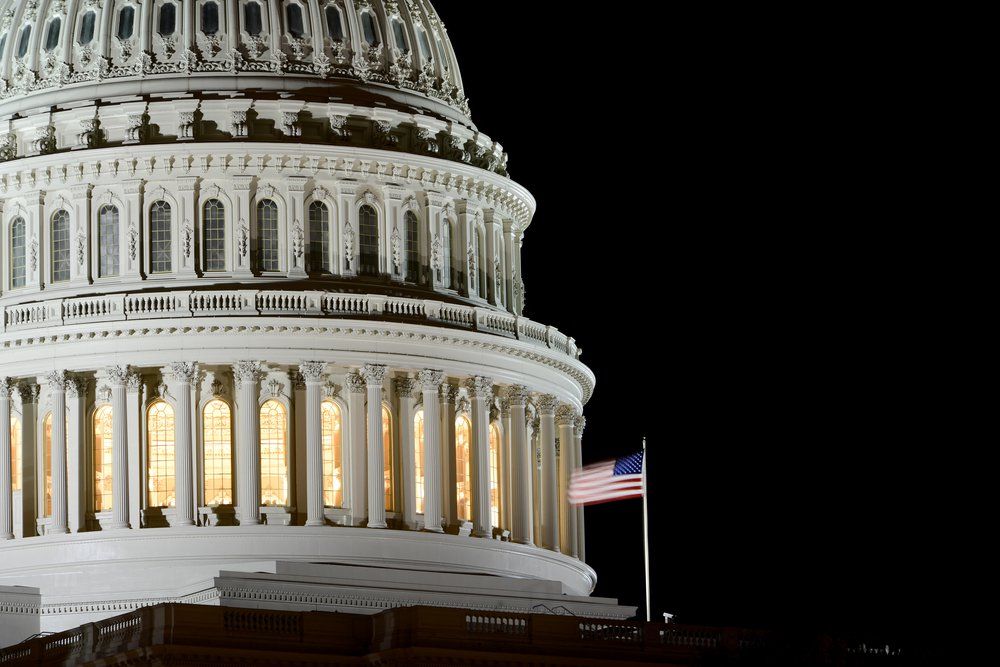Article
Telehealth: Policy suggestions going forward
Author(s):
While the COVID-19 pandemic has led to telehealth expansion, the question remains which expansions should continue.

The COVID-19 pandemic was the catalyst for a sea change in the way telehealth is used, but as the country attempts to bounce back the question becomes which expansions should continue.
A new report from conservative think tank R Street looked at telehealth expansions introduced during the pandemic, specifically audio-only appointments, live-video appointments, store-and-forward, and cross-state licensing.
Arizona has been particularly proactive in making these expansions permanent with legislation being passed earlier this year overhauling the state’s regulation of telehealth. A host of other states have also taken steps to permanently adopt some of the expansions introduced due to the pandemic, according to the report.
The report also lists policy suggestions about what should continue:
- Audio-only telehealth expansions – These visits can be particularly important for rural and low-income areas without broadband access. Policymakers should consider which of these pandemic-era policies were most helpful to these communities and allow them to become permanent.
- Take better advantage of store-and-forward telehealth – This mode of telehealth allows patients to upload medical data for a physician to review at a later time for diagnosis. More states should adopt legislation to reimburse store-and-forward telehealth.
- Increase flexibility for patients and physicians in different states – In-state medical license restrictions can limit a physician’s reach. Policymakers should look to join a licensure compact or eliminate in-state license requirements.
“Debates will continue over when and how it is appropriate and safe to use telehealth, but one thing is clear. Telehealth is vital to the future of health care in the United States,” Courtney Joslin, R Street Institute resident fellow for competition policy, says in the report. “It has the ability to solve many health care access issues, but regulatory restrictions greatly hinder its usefulness.”
It seems that insurers are hoping for similar expansions to persist as many have begun to introduce new virtual-first plans.
Many insurers offering these plans have hired outside firms to provide physicians who may hold licenses in several states and not located near the patients. Patient information is passed to the physicians through either the insurers internal EHR system or that of the third-party provider leading to questions of how health information could be passed from out of network hospitals or physicians.
As previously reported, 36 percent of patients have accessed telehealth services during the past year, up from just 9 percent in 2020 and 7 percent in 2019. Usage is consistent across all generational groups, with the highest usage among members of Generation Y and Pre-Boomers. The top reasons for telehealth utilization are convenience (57 percent), ability to receive care quickly (47 percent), and safety (36 percent).
While it has seen a boom, patients’ patience with telehealth seems to be waning as overall satisfaction with both direct-to-consumer and payer-sponsored telehealth services declined in 2021 from 2020. The most frequently cited barriers encountered by patients are limited services (24 percent), lack of awareness of costs (15 percent), confusing technology requirements (15 percent), and lack of information about providers (15 percent).
Overall satisfaction is 85 points lower (on a 1,000-point scale) among patients with the lowest self-reported health status than among patients who consider themselves to be in excellent health. Similarly, healthier patients are more likely than less healthy patients to understand the information provided during the visit, say they receive clear explanations, perceive that their visits are highly personalized, and obtain high-quality diagnoses.





